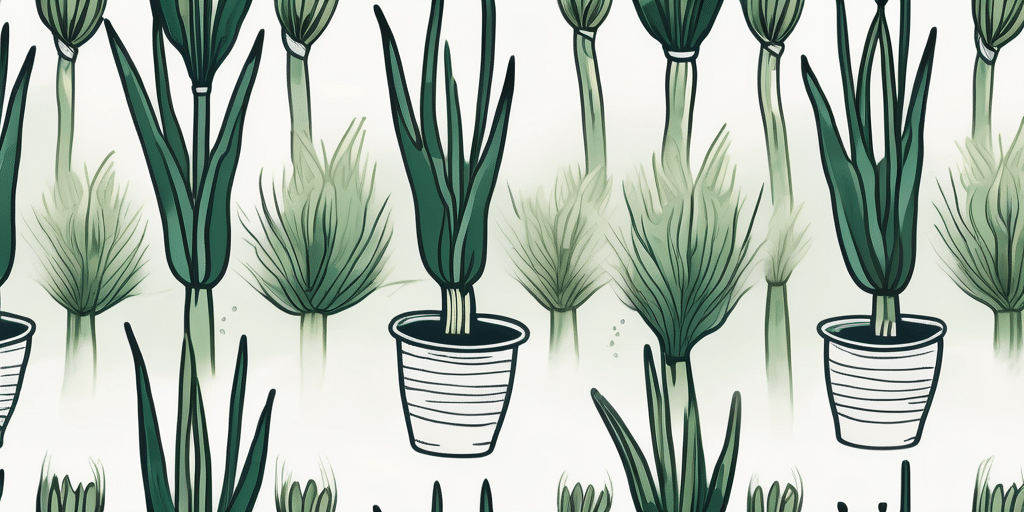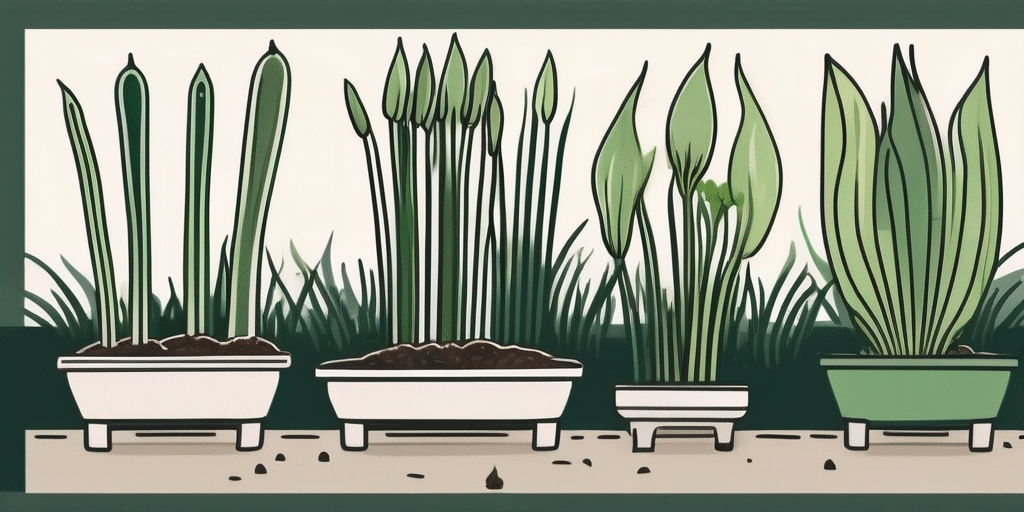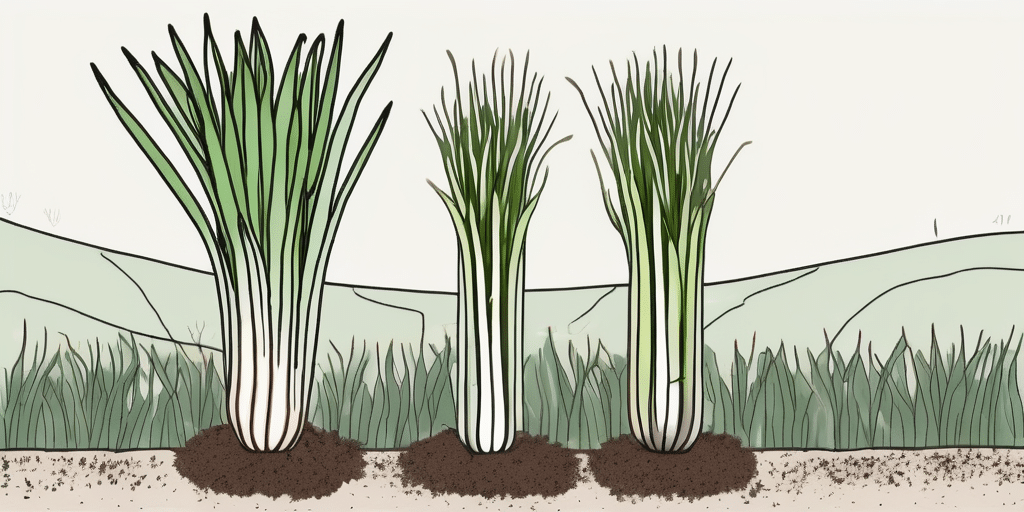If you’re a fan of gardening, then you’re probably familiar with the joy and satisfaction that comes from growing your own vegetables. One such vegetable that’s a delight to grow is the Lancelot leek. This variety of leek is known for its long, thick white stems and its robust flavor, making it a favorite among gardeners and chefs alike. But how exactly do you go about planting Lancelot leeks? In this guide, we’ll walk you through the process, focusing on the patterns and spacing that are crucial for a successful harvest.
Understanding Lancelot Leeks
Before we delve into the planting process, it’s important to understand a bit more about Lancelot leeks. These leeks are a type of Allium ampeloprasum, a species that also includes garlic and onions. Lancelot leeks are known for their hardiness, making them an excellent choice for gardeners in a variety of climates. They’re also resistant to many common pests and diseases, which can make your gardening journey a bit smoother.
According to the USDA, leeks are a good source of dietary fiber, vitamin B6, iron, and magnesium, and a very good source of vitamin A, vitamin C, and vitamin K. So, not only are you growing a delicious vegetable, but you’re also growing a nutritious one!
Preparing the Soil
Like all plants, Lancelot leeks have specific soil requirements. They prefer a well-drained soil that’s rich in organic matter. If your soil is heavy clay or sandy, you might need to amend it with compost or other organic matter to improve its texture and nutrient content.
According to the Oregon State University Extension Service, the ideal pH for leeks is between 6.0 and 7.0. You can test your soil’s pH using a soil test kit, which is available at most garden centers. If your soil’s pH is too high or too low, you can adjust it using lime or sulfur, respectively.
Choosing the Right Planting Time
Timing is crucial when it comes to planting Lancelot leeks. These leeks are typically planted in the early spring for a summer harvest or in the late summer for a winter harvest. The exact timing can vary depending on your local climate, so it’s a good idea to consult with a local gardening expert or your local extension service for advice.
It’s also worth noting that Lancelot leeks have a long growing season – typically around 120 days. This means you’ll need to plan ahead to ensure your leeks have enough time to mature before the first frost (for a summer planting) or the heat of summer (for a winter planting).
Planting Lancelot Leeks: Patterns and Spacing
Now that we’ve covered the basics, let’s get into the specifics of how to plant Lancelot leeks. The patterns and spacing you choose can have a big impact on your leeks’ growth and yield, so it’s important to get this right.
Here’s a step-by-step guide to planting your Lancelot leeks:
- Start by preparing your garden bed. Remove any weeds or debris, and rake the soil until it’s smooth.
- Next, you’ll need to create rows for your leeks. The rows should be about 12 to 18 inches apart to give your leeks plenty of room to grow.
- Within each row, make a small hole for each leek. These holes should be about 6 inches apart and 6 to 8 inches deep.
- Place a leek seedling in each hole, then gently fill the hole with soil, leaving the top of the leek exposed.
- Water your leeks thoroughly after planting, and continue to water them regularly throughout the growing season.
By following these steps, you’ll create a planting pattern that gives your Lancelot leeks the space they need to grow and thrive.
Caring for Your Lancelot Leeks
Once your leeks are planted, your job isn’t over. You’ll need to care for your leeks throughout the growing season to ensure a successful harvest.
One important aspect of leek care is watering. Leeks need a consistent supply of water to grow well, so make sure to water your leeks regularly, especially during dry periods. However, be careful not to overwater, as this can lead to root rot and other problems.
Another important aspect of leek care is fertilizing. According to the Penn State University Extension, leeks benefit from a balanced fertilizer applied at planting and again midway through the growing season. This can help ensure your leeks have the nutrients they need to grow big and strong.
Harvesting Your Lancelot Leeks
After all your hard work, it’s finally time to harvest your Lancelot leeks! Leeks can be harvested at any size, but they’re typically harvested when the stems are about 1 to 2 inches in diameter.
To harvest your leeks, simply use a garden fork to loosen the soil around the leeks, then pull them up by the base. Be sure to handle your leeks gently to avoid damaging them.
Once you’ve harvested your leeks, you can store them in the refrigerator for up to two weeks. You can also blanch and freeze your leeks for longer storage.
Conclusion
Planting Lancelot leeks can be a rewarding experience, both for the delicious harvest and for the joy of gardening. By understanding the needs of these leeks and following the proper planting patterns and spacing, you can set yourself up for a successful growing season. Happy gardening!
Join Our Gardening Community
Ready to turn your leek-growing success into a full-fledged garden paradise? Subscribe for free to How to Grow Everything and learn how to build the garden of your dreams! Receive personalized gardening advice tailored to your location, grow zone, and experience level. Enjoy the best gardening tips, special offers, and deals delivered straight to your inbox – with no spam, just valuable insights. It’s 100% free, from our family to yours. Start cultivating your ideal garden today!






